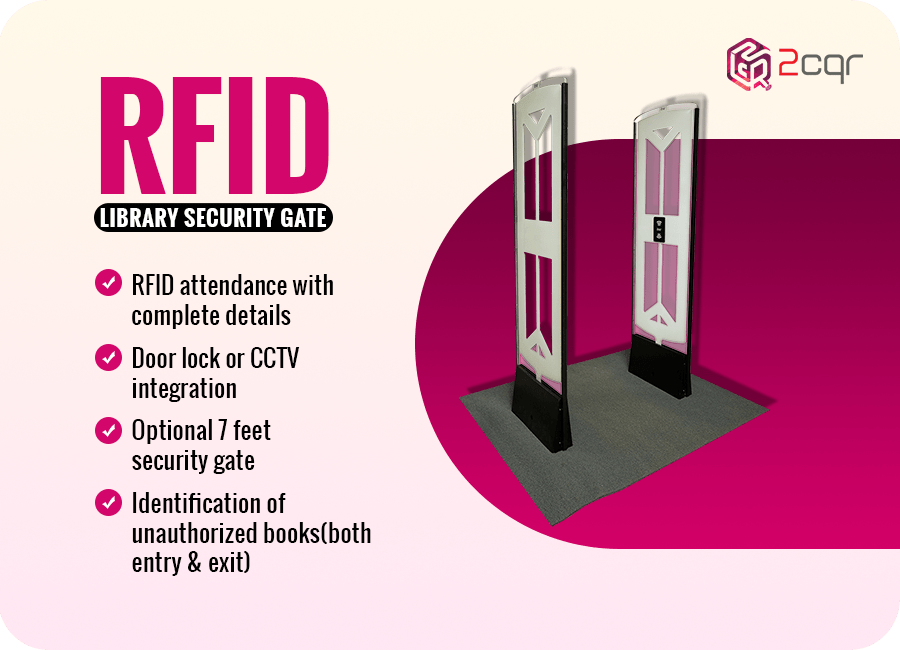
Libraries have witnessed a monumental shift with the introduction of RFID solutions, revolutionising day-to-day management sans heavy reliance on the internet or excessive resources. This innovation not only digitises libraries but also enhances accessibility for patrons, elevating user experiences and fostering substantial growth. However, integrating RFID solutions for libraries isn’t without hurdles.
Let’s delve into the challenges and viable solutions surrounding this integration.
Compatibility Issues:
One of the primary hurdles in adopting RFID technology within libraries is its compatibility with existing management software. Inadequate compatibility can hamper the system’s functionality. Initiating discussions with RFID suppliers early on can help tailor software and middleware, minimising rework and expenses while ensuring seamless integration.
Data Migration Concerns:
Migrating data from current Library Management Systems (LMS) to newer RFID systems poses threats like data loss and security breaches. Prioritising data security during migration by employing authorised personnel, robust encryption methods, and secure data transfer protocols can safeguard valuable information. Regular backups pre and during transition are crucial to mitigate data loss.
Adoptability of the Technology:
Effective implementation of RFID hinges on staff and user acceptance. Lack of comprehension about the technology can lead to dissatisfaction. Conducting periodic training programs for staff, updating them on advancements, and educating users about optimal usage will ensure the technology is embraced for its full benefits.
Expenses Involved:
The initial installation costs and subsequent maintenance expenses might strain libraries with limited revenues. Discussing budget constraints with RFID suppliers while outlining specific requirements can help identify cost-effective solutions without compromising quality or security standards. A phased implementation strategy can also ease budgetary constraints.
Physical Installation Challenges:
Executing physical installations, such as programming RFID tags and strategically placing readers and antennas, presents significant challenges. Meticulous planning, including comprehensive site surveys, ensures effective tag placement and reader positioning, vital for uninterrupted library management activities.
Integrating RFID technology into libraries presents an array of challenges, yet addressing these obstacles with strategic planning and collaboration with RFID suppliers can pave the way for seamless integration. Overcoming compatibility issues, ensuring secure data migration, fostering technology adoptability, managing expenses, and meticulous physical installation are key components in ensuring a successful transition to RFID-powered library management.
By proactively tackling these challenges, libraries can unlock the true potential of RFID technology, enhancing efficiency, user experiences, and ultimately, the overall growth of the institution.


